contributed by Anne Fricke, mom to Freya (13, living with Prader-Willi Syndrome)
Freya’s third and fourth appointments for the Harmony TEMPO PWS trial to study whether pitolisant is an effective treatment for excessive daytime sleepiness (ESD) in individuals with PWS, were simply routine and a lot like the second appointment. Lab work, caregiver questionnaires, counting pills, and making sure that Freya is not having any thoughts of self-harm.
I could go into more detail, but you would learn nothing new. To read more about those details, you can read the Baseline and Video Interview – Prader-Willi Syndrome Association | USA. For this follow-up in our Clinical Trial Journey blog series, I thought to shed more light on the extraneous, but very important, details – how we handle school, siblings, travel, food on the road, and why math is an obstacle. If there is something specific you would like to know more about, please feel free to email me at africke@pwsausa.org.
School:
Freya is at school roughly seven hours a day, more if she stays for homework club. It has been important to inform them of the trial details so they can help identify possible side effects and provide updates on any sleep episodes or disruptive behaviors, both are topics caregivers are asked extensively about at each appointment. The teachers have been very understanding and supportive. They are aware of Freya’s challenges with EDS and excited for any potential treatment.
The school allows us to claim independent study for these appointment days. Her teacher gives her homework to complete and usually it isn’t an issue, except for math, especially without a ruler. If you’ve ever tried to measure a line on a worksheet with a ruler app on your phone, you might appreciate the frustration and inaccuracy I’m alluding to. When asked what Freya has thought the biggest challenge of the trial so far, she responded “not having a teacher to help me with math homework.” In her experience, poetry-writing mothers do not make sufficient mathematicians.
Travel:
I believe I’ve mentioned before that LA is not my comfort zone. No judgment, but if I can’t quickly and easily get to a forest, I’m on edge. Throw in tall buildings, regular earthquakes, and restaurants where for some reason I have to order using a QR code despite the number of employees behind the counter, and that edge is quite a bit sharper. Taking this into consideration, plus the amount of school missed, and having to send my youngest to stay with a friend while Dad takes care of responsibilities out of town, I choose to make these appointments one day events. Traveling from far northern California to southern California may not sound like much to those living in smaller states, but California is long. Very long.
We also leave from a small airport (we’re talking 2 gates, and I’ve only ever seen them use one). It’s four flights in a day: 45 minutes to San Francisco, layover and airport breakfast, 60 minutes to LAX, a driver (courtesy of Harmony) picks us up and takes us to the appointment. If we’re lucky, we have time to eat at a café before the appointment or a fancy French bakery after. (Some of Freya’s early blood draws were quite dramatic- dehydration and tiny veins- and we have developed a long-standing tradition of a post-blood draw treat. Some PWS families would be appalled were I to describe those treats, so I’ll leave that to everyone’s imagination.)
Shortly after the appointment, we head back to LAX (again, with a driver courtesy of Harmony), where we do homework and wait for the 60 minute flight back to San Francisco, layover and dinner, then 45 minute flight to our home airport (which oddly goes by the name of two different towns, neither of which are the town it resides in, a common amusing topic with flight attendants on this stretch). It is a long, sometimes grueling day but I appreciate crawling into my own quiet bed at the end of it.
Food:
I feel like I don’t need to go into much detail here with this crowd. Most, if not all, the meals are in the airport and subject to the schedules of potentially delayed flights and cafes that close after typical lunch hours. The saving grace is that any money I spend on food (and it’s all ridiculously expensive) is reimbursed by Harmony. How do we handle food choices, portion sizes, and delayed meals? On a case-by-case basis. Thankfully, Freya is fairly cognizant of what choices are healthy (except when it comes to those post-blood-draw treats) and what portion sizes will make her belly hurt. I can usually convince her to cut her portion size without much fuss, though I do make sure to move the dish away as soon as she is done with her portion. But I’m sure I don’t have to explain any of this to you.
Speculation:
They tell us not to speculate whether she has the medication or the placebo. A challenge I definitely do not live up to. Every time Freya naps, I think, “placebo.” When she developed a rash over her hands I thought, “pitolisant.” When she has exhaustion-induced meltdowns, “placebo.” When she is able to move smoothly through challenging moments, “pitolisant.” The truth is, unless I see remarkable differences once she starts taking pitolisant in the open-label extension, I may never know.
Conclusion:
With the exception of when Freya broke out in a rash (which turned out to probably be poison oak), I have not again questioned my decision to include her in this trial. She has never wavered in her desire to participate. 77 days is the length of the double-blind portion. The time has gone fairly quickly, and we both look forward to when she can begin the open-label portion of the trial.
Read more from A Clinical Trial Journey blog series:
1. How We Got Here – Prader-Willi Syndrome Association | USA
2. The Screening Appointment – Prader-Willi Syndrome Association | USA
3. Baseline and Video Interview – Prader-Willi Syndrome Association | USA
Share this!

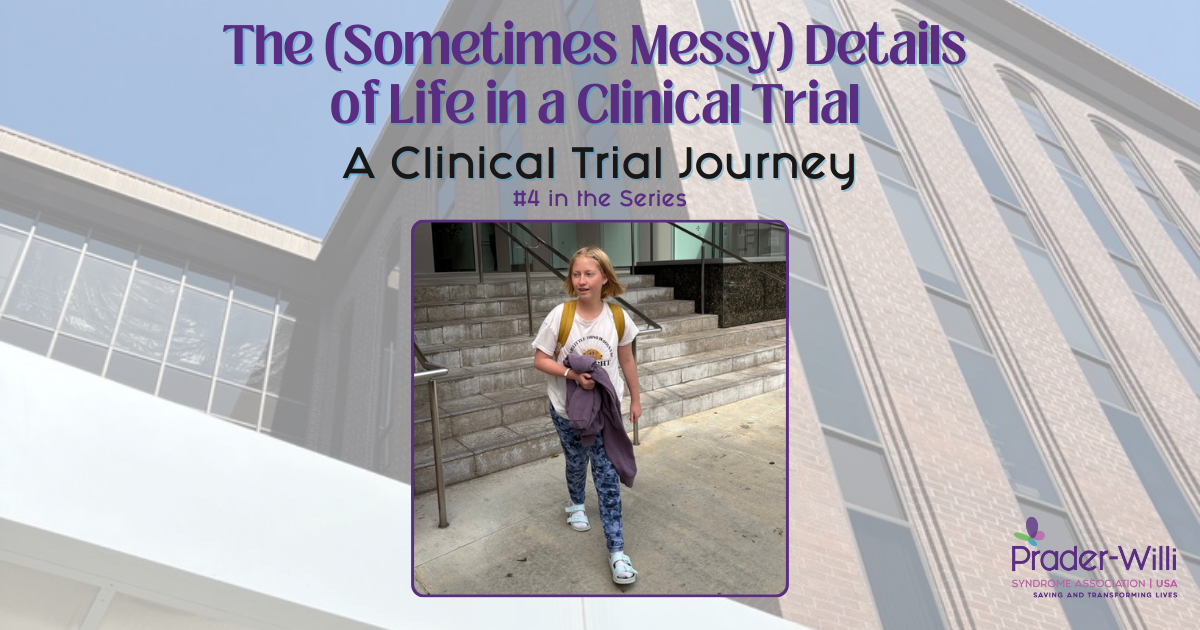
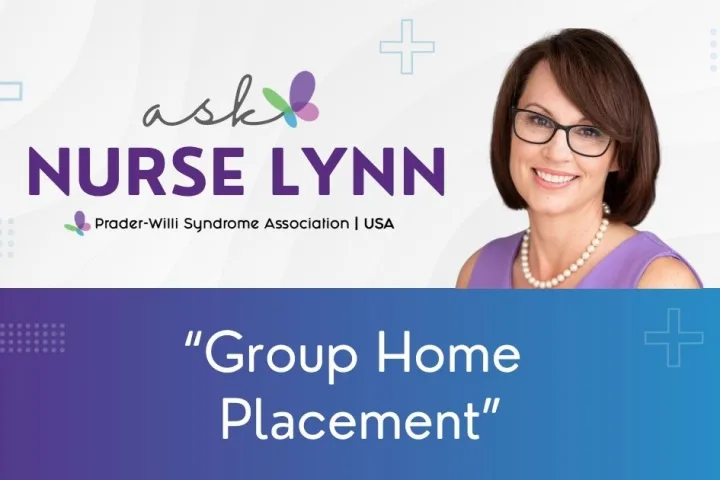
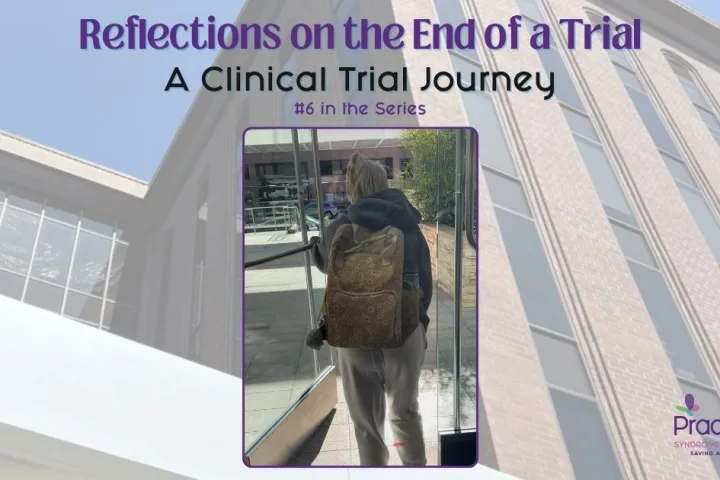

 Perry A. Zirkel has written more than 1,500 publications on various aspects of school law, with an emphasis on legal issues in special education. He writes a regular column for NAESP’s Principal magazine and NASP’s Communiqué newsletter, and he did so previously for Phi Delta Kappan and Teaching Exceptional Children.
Perry A. Zirkel has written more than 1,500 publications on various aspects of school law, with an emphasis on legal issues in special education. He writes a regular column for NAESP’s Principal magazine and NASP’s Communiqué newsletter, and he did so previously for Phi Delta Kappan and Teaching Exceptional Children.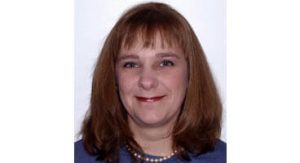 Jennifer Bolander has been serving as a Special Education Specialist for PWSA (USA) since October of 2015. She is a graduate of John Carroll University and lives in Ohio with her husband Brad and daughters Kate (17), and Sophia (13) who was born with PWS.
Jennifer Bolander has been serving as a Special Education Specialist for PWSA (USA) since October of 2015. She is a graduate of John Carroll University and lives in Ohio with her husband Brad and daughters Kate (17), and Sophia (13) who was born with PWS.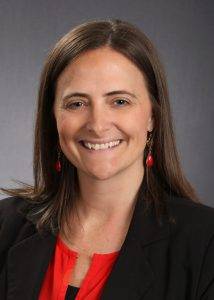 Dr. Amy McTighe is the PWS Program Manager and Inpatient Teacher at the Center for Prader-Willi Syndrome at the Children’s Institute of Pittsburgh. She graduated from Duquesne University receiving her Bachelor’s and Master’s degree in Education with a focus on elementary education, special education, and language arts.
Dr. Amy McTighe is the PWS Program Manager and Inpatient Teacher at the Center for Prader-Willi Syndrome at the Children’s Institute of Pittsburgh. She graduated from Duquesne University receiving her Bachelor’s and Master’s degree in Education with a focus on elementary education, special education, and language arts.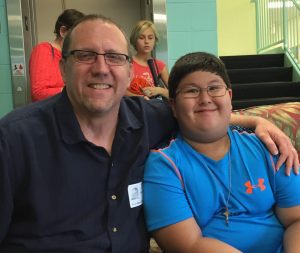 Evan has worked with the Prader-Willi Syndrome Association (USA) since 2007 primarily as a Crisis Intervention and Family Support Counselor. Evans works with parents and schools to foster strong collaborative relationships and appropriate educational environments for students with PWS.
Evan has worked with the Prader-Willi Syndrome Association (USA) since 2007 primarily as a Crisis Intervention and Family Support Counselor. Evans works with parents and schools to foster strong collaborative relationships and appropriate educational environments for students with PWS.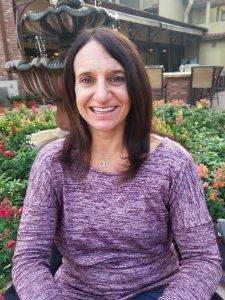 Staci Zimmerman works for Prader-Willi Syndrome Association of Colorado as an Individualized Education Program (IEP) consultant. Staci collaborates with the PWS multi-disciplinary clinic at the Children’s Hospital in Denver supporting families and school districts around the United States with their child’s Individual Educational Plan.
Staci Zimmerman works for Prader-Willi Syndrome Association of Colorado as an Individualized Education Program (IEP) consultant. Staci collaborates with the PWS multi-disciplinary clinic at the Children’s Hospital in Denver supporting families and school districts around the United States with their child’s Individual Educational Plan. Founded in 2001, SDLC is a non-profit legal services organization dedicated to protecting and advancing the legal rights of people with disabilities throughout the South. It partners with the Southern Poverty Law Center, Protection and Advocacy (P&A) programs, Legal Services Corporations (LSC) and disability organizations on major, systemic disability rights issues involving the Individuals with Disabilities Education Act (IDEA), Americans with Disabilities Act (ADA), and the federal Medicaid Act. Recently in November 2014, Jim retired.
Founded in 2001, SDLC is a non-profit legal services organization dedicated to protecting and advancing the legal rights of people with disabilities throughout the South. It partners with the Southern Poverty Law Center, Protection and Advocacy (P&A) programs, Legal Services Corporations (LSC) and disability organizations on major, systemic disability rights issues involving the Individuals with Disabilities Education Act (IDEA), Americans with Disabilities Act (ADA), and the federal Medicaid Act. Recently in November 2014, Jim retired.